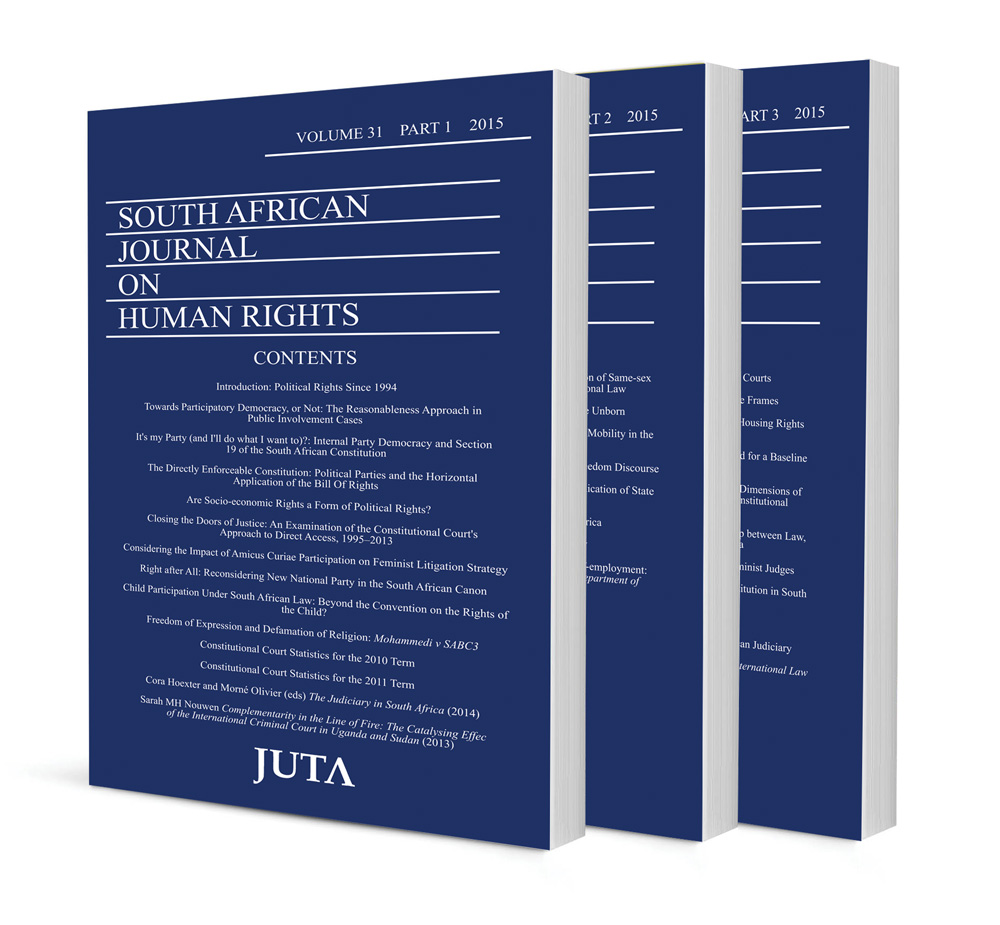
Transformative unfair discrimination jurisprudence: The need for a baseline intensity of review
Authors Chris McConnachie
ISSN: 1996-2126
Affiliations: Honorary Research Associate, Rhodes University Faculty of Law; Pupil Advocate, Johannesburg Society of Advocates
Source: South African Journal on Human Rights, Volume 31 Issue 3, 2015, p. 504 – 525
Abstract
The Constitutional Court holds that the prohibition of unfair discrimination is aimed at preventing and addressing patterns of group disadvantage. However, there is a striking inconsistency between this transformative aim and the court’s decisions in a set of five controversial cases. In Hugo, Harksen, Jordan, Volks, and Union of Refugee Women, slender majorities found discrimination to be fair despite clear indications that it entrenched patterns of group disadvantage. Existing critiques of these judgments have focused on the court’s failure to conduct a fully contextualised assessment of the impact of the discrimination. In doing so, commentators have generally overlooked an equally significant flaw in these decisions. In this article, I demonstrate that the majority judgments all adopted an indefensibly weak intensity of review in assessing the state’s justifications for the discrimination, leading the court to uphold discrimination on flimsy grounds. The error was that the majority judgments did not satisfy the ‘baseline’ intensity of review, the non-negotiable threshold of review which, I argue, ought to be applied in all unfair discrimination cases. I demonstrate that this baseline has four central requirements which were flouted in these decisions: (a) the discriminator must present a justification for the discrimination; (b) the court must subject this justification to a proportionality analysis; (c) it must apply a full proportionality analysis, exploring the legitimacy, suitability, necessity, and proportionality stricto senso of the discrimination; and (d) the court must place the evidential and argumentative burden squarely on the discriminator in assessing its justifications. These baseline requirements would have left the court with little option but to find the discrimination to be unfair in these five cases. In this light, I argue that consistent application of this baseline can help to make the court better at addressing patterns of group disadvantage in future decisions.